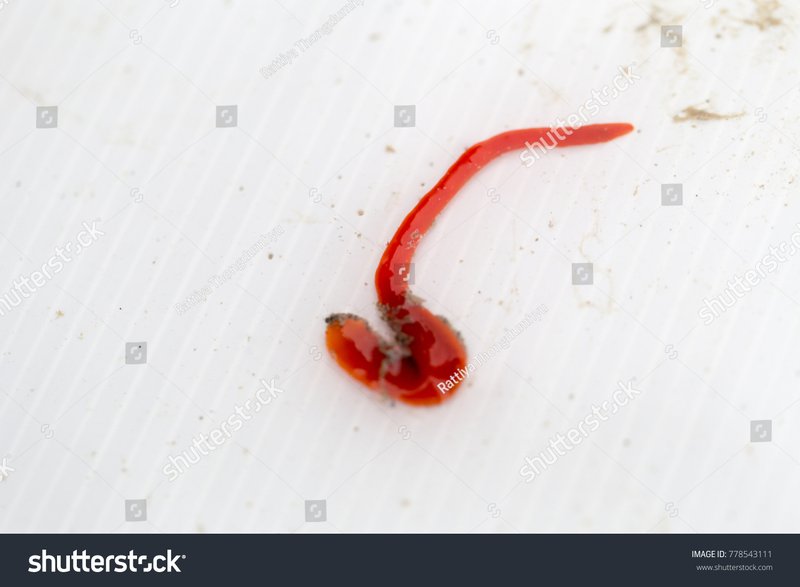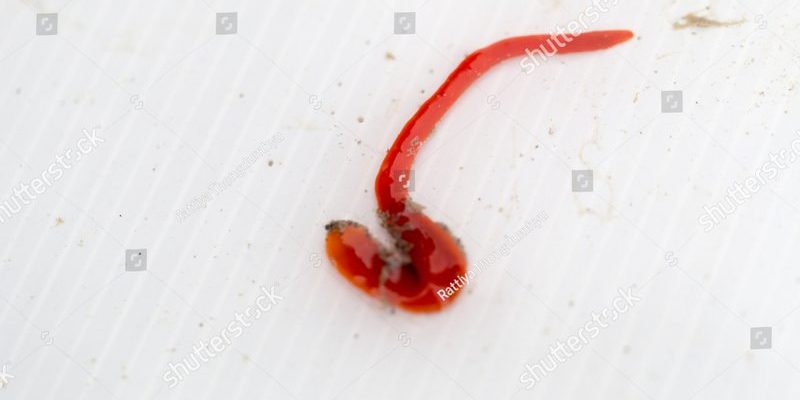
Now, you might be thinking, “What’s a bootlace worm, and why should I care about how it interacts with mussels?” That’s a great question! These interactions are crucial for understanding marine ecosystems. Mussels provide habitat and food, while bootlace worms offer their own unique contributions to this watery world. Understanding their dynamics isn’t just interesting; it helps us appreciate the balance of life beneath the waves.
With that said, let’s dive deeper into the incredible world of bootlace worms and mussel beds.
What Are Bootlace Worms?
Bootlace worms, scientifically known as *Lineus longissimus*, are fascinating creatures that can be found in marine environments, particularly in Europe. They are named for their long, thin, and flexible bodies, which can stretch up to several meters! It’s almost like they’re the clowns of the sea, showing off their long, wiggly forms.
These worms are known to be common in sandy or muddy substrates, often found hiding in crevices or among other marine life. They have a unique way of moving; rather than swimming, they glide through the water, propelling themselves with muscular contractions. This allows them to navigate through their habitat efficiently.
Bootlace worms are also quite resilient. They can tolerate a range of conditions, making them a crucial part of the ecosystem. Their presence often indicates a healthy environment, as they thrive in a balance of conditions typical in mussel beds.
Understanding Mussel Beds
Now, let’s chat about mussel beds. These are groups of mussels that grow close together on hard surfaces under the water, like rocks or piers. Mussels are bivalves, which means they have two shells. They filter feed by drawing in water and trapping tiny food particles, like plankton, as it flows through their gills. Think of mussels as nature’s little vacuum cleaners, helping to keep the water clean.
Mussel beds are incredibly important for marine life. They provide habitat for various organisms, including fish, crabs, and, of course, bootlace worms. These beds are community builders, creating a rich environment that supports diverse species, including many that rely on mussels for food or shelter.
Besides being a habitat, mussel beds help stabilize shorelines. Their growth can reduce erosion and provide a buffer against storm damage. So, when you think of mussels, don’t just see them as a seafood delicacy; they play a big role in the health of our oceans.
The Relationship Between Bootlace Worms and Mussel Beds
You might be wondering how exactly bootlace worms and mussel beds interact. It’s a complex but interesting relationship. Bootlace worms often inhabit the spaces between mussels, taking advantage of the shelter mussels provide. This relationship is a win-win.
For the bootlace worms, being near mussels means access to food. As mussels filter the water, they release organic matter that bootlace worms can consume. This creates a food chain that benefits both species. In a way, the mussels support the worms, while the worms can help break down debris, enriching the environment.
Additionally, bootlace worms play a role in nutrient cycling. As they move through the mussel beds, they help circulate water and nutrients. This can increase the overall health of the mussel bed, making it more resilient to environmental changes and pressures.
Environmental Impact of Their Interaction
The interaction between bootlace worms and mussel beds has important environmental implications. When these two species thrive together, they help maintain biodiversity. Healthy mussel beds contribute to a thriving ecosystem, which can support various marine life, including commercially important fish and shellfish.
Furthermore, as climate change affects marine environments, understanding these interactions can guide conservation efforts. For instance, if bootlace worms are declining due to pollution or habitat loss, it might signal problems for mussel beds and, subsequently, the broader ecosystem. By keeping an eye on these interactions, scientists can take proactive steps to protect these vital habitats.
Moreover, mussel beds act as natural filters. With the help of bootlace worms, the ecosystem remains healthy, promoting cleaner waters and a balanced environment. It’s like a well-oiled machine—everything works together for a greater cause.
Challenges Facing Bootlace Worms and Mussel Beds
Despite their important relationship, bootlace worms and mussel beds face several challenges. Climate change is a major factor. As sea temperatures rise, it can impact both species. Warmer waters may affect mussel growth and reproduction, which in turn affects bootlace worms and other organisms that rely on mussels.
Pollution is another significant threat. Chemicals and waste entering the oceans can disrupt the delicate balance of marine ecosystems. Mussels may struggle to filter clean water when pollutants are present, and this affects the whole community, including bootlace worms.
Habitat destruction, like coastal development and overfishing, also poses risks. When mussel beds are damaged or removed, it not only displaces existing marine life but also takes away the habitat that bootlace worms rely on. Conservation efforts are more crucial than ever to protect these ecosystems.
Conservation Efforts and Future Outlook
So, what can we do about these challenges? There are various conservation efforts aimed at protecting mussel beds and their companions like bootlace worms. One approach is to create marine protected areas (MPAs) where human activities are limited. This allows marine ecosystems to recover and thrive without additional pressures.
Another effort is promoting sustainable fishing practices. By ensuring that fishing methods don’t damage mussel beds, we can help maintain the habitats that bootlace worms rely on. Education is also key; informing the public about the importance of these species encourages more people to engage in conservation.
In the long run, monitoring the health of bootlace worms and mussel beds can offer valuable insights into ecosystem health. Scientists can track changes over time and respond accordingly. With ongoing research and community involvement, there’s hope for a balanced marine environment.
Bootlace worms and mussel beds may seem like an odd pairing, but their interaction is a beautiful example of nature’s interconnected web. They support each other in a delicate dance, contributing to the overall health of marine ecosystems.
As we learn more about these organisms, it’s clear that protecting their habitats is essential for maintaining biodiversity and ecological balance. So, the next time you’re at the shore, remember that beneath the surface, an entire world is working together, fiercely and silently, to sustain life in our oceans. Let’s do our part to ensure these vibrant communities continue to thrive for generations to come.

